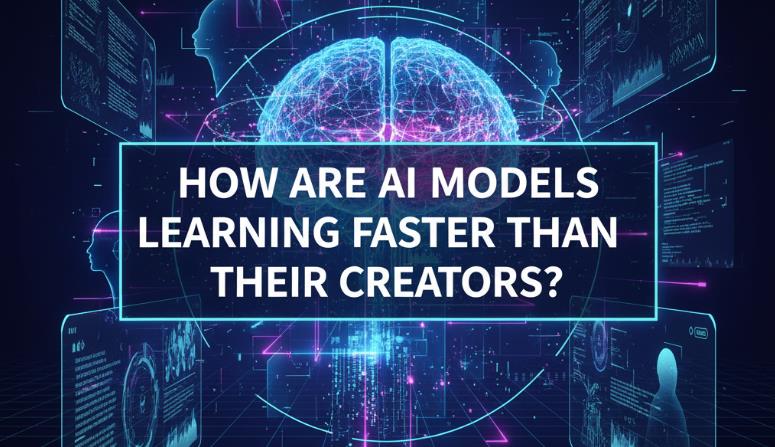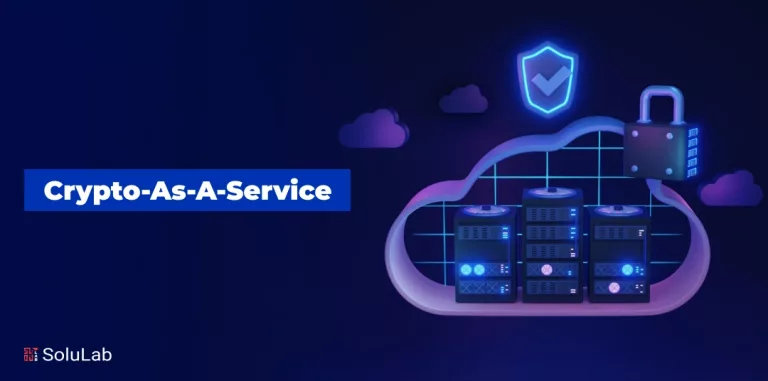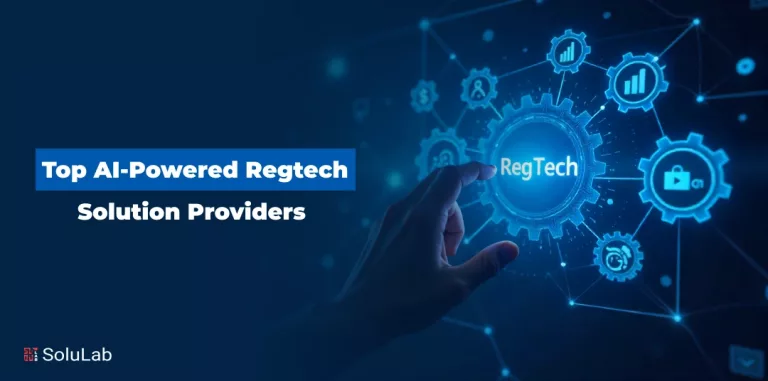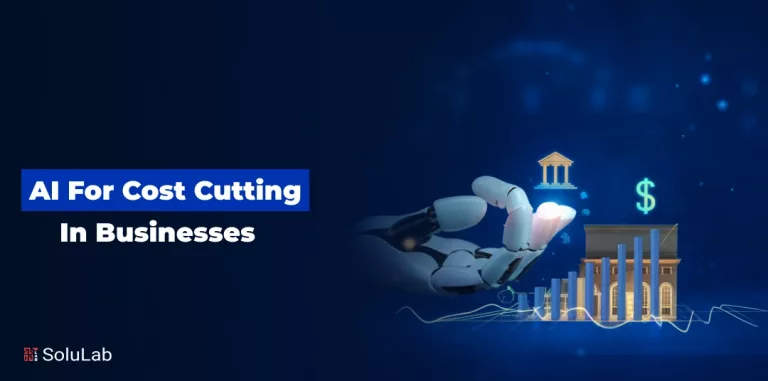
Artificial intelligence is advancing at a breakneck pace, often faster than the very engineers building it can track. Large Language Models (LLMs), multimodal systems, and reinforcement learning agents are absorbing and processing data at speeds that far outpace human cognition.
Much of this acceleration relies on connectivity, models accessing vast cloud infrastructures, users testing APIs remotely, and developers pulling updates in real time. As access widens, so does the need to manage exposure to data traffic, prompting many to download a VPN as a baseline safeguard while working with or around these systems.
So how exactly are AI systems learning faster than the people building them? And what does that say about the tools, data, and architectures that make it possible?
Machine Learning vs. Human Learning: Speed by Design
AI models and humans don’t learn the same way. And that’s the core of the speed differential.
Biological Brains
- Learn through experience, emotion, and context
- Require sleep and time for memory consolidation
- Process data sequentially and with limitations (e.g., working memory)
Machine Models
- Learn through exposure to enormous datasets
- Operate continuously, with no need for rest
- Process information in parallel and at massive scale
AI isn’t learning better than humans, it’s learning differently, and faster, because the constraints are fundamentally different.
Massive Data Ingestion at Inhuman Scale
One key factor behind AI’s speed is its ability to digest massive amounts of data, far more than a human could ever encounter in a lifetime.
Examples of scale:
- GPT models trained on over 1 trillion tokens
- Vision models trained on billions of labeled images
- Reinforcement agents trained in simulated years of gameplay in hours
Unlike a human, an AI model can read all of Wikipedia, every publicly available book, and thousands of scientific papers in a matter of days.
Why it matters: AI learns from the collective knowledge of humanity, whereas human learning is largely siloed and experiential.
Reinforcement Loops and Auto-Learning
One major leap in AI development has been the implementation of automated feedback and training systems.
Reinforcement learning from AI-generated feedback:
- Models like OpenAI’s GPT-4o are refined using reinforcement learning not just from human feedback (RLHF), but from AI-generated feedback.
- This introduces an internal loop where models can evaluate, score, and improve other models.
Chain-of-thought prompting and self-reflection:
- Some LLMs now engage in “reasoning” by explaining their answers to themselves, then revising them based on reflection.
- This mimics metacognition and accelerates learning without human intervention.
Result: AI is not just absorbing knowledge, it’s iteratively improving how it uses that knowledge.
Synthetic Data and Simulation Environments
AI doesn’t just rely on real-world data. It can train on synthetic data that humans never generated.
Use cases:
- Autonomous vehicles learn to drive in fully simulated cities before touching a real road.
- Robotics models use physics engines to simulate thousands of object interactions per second.
- Language models are now trained with AI-generated dialogue, enhancing understanding of nuance and context.
Transfer Learning and Knowledge Bootstrapping
Another advantage AI has is transfer learning, the ability to repurpose knowledge from one domain to another almost instantly.
- A model trained on biology can be fine-tuned to assist in medical imaging.
- Language models trained on English can quickly adapt to 20+ languages with minimal additional input.
- Fintech-specific models can be adapted from general-purpose LLMs to power fraud detection, real-time payment validation, or compliance screening within hours.
- Platforms like Anthropic Claude (Pro/Team) offer access to the Claude 3 family of models, which are trained to rapidly adapt across reasoning-heavy and alignment-focused tasks.
Hardware That Outpaces Human Biology
AI training is powered by high-performance compute infrastructure:
- GPUs and TPUs capable of petaflop speeds
- Distributed training on thousands of servers simultaneously
- Storage and memory architectures optimized for speed and parallel access
By contrast, the human brain, while incredibly efficient, is biologically limited to slower signal processing and energy constraints.
The Bottleneck: Human Understanding of AI Itself
Ironically, while AI models are developing, humans are falling behind in their ability to interpret them.
- LLMs like GPT-4 often generate useful outputs without developers fully understanding the internal mechanisms behind those outputs.
- Researchers refer to models as “black boxes” because emergent behaviors appear with little explanation.
- Explainability and interpretability are becoming afterthoughts to performance.
In other words: we’re creating minds we don’t fully comprehend—and those minds are learning faster than we can keep up.
Risks and Considerations
With such speed comes serious implications:
- Control risks: If models evolve faster than oversight systems, errors and biases may scale uncontrollably.
- Misinformation risks: Faster generative models can offer more plausible falsehoods at higher volumes.
- Ethical complexity: Rapid learning means models can generate responses with social or political consequences that were never explicitly coded.
Mitigation strategies:
- Embedding interpretability tools during training
- Enforcing slow, staged deployment of new capabilities
- Aligning training with human values via Constitutional AI or value alignment models.
Outspeeding Ourselves
AI models are learning faster than their creators because they can. Their learning is engineered for speed, volume, and autonomy. The combination of massive data intake, synthetic simulations, reinforcement loops, and high-performance hardware has created a system where acceleration is inevitable.
But with that speed comes a critical gap: human understanding and control. As AI continues to evolve, the priority must shift toward making sure we can interpret and align what we’ve built, before it pulls too far ahead.




